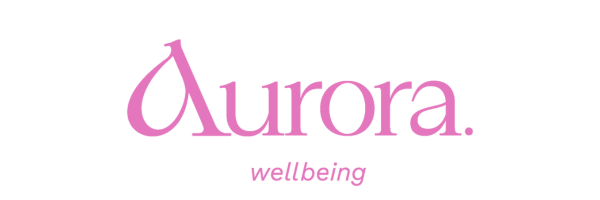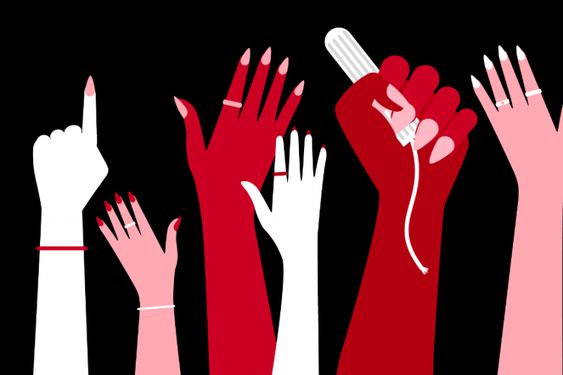Menstrual equity is a crucial issue that affects millions of people worldwide. After all, it’s about more than just pads and tampons. In fact, menstrual equity is a fundamental aspect of gender equality and human rights. It’s an issue that impacts education, employment and general well-being during that time of the month. In order to help combat period poverty, menstrual equity needs to be taken into consideration.
What is Menstrual Equity?
Menstrual equity focuses on how periods can be managed with dignity, how the taboo of menstruation can be reduced and how that time of the month doesn’t have to be a financial burden. By breaking down the barriers that prevent those who menstruate from fully participating in their daily routines, menstrual equity is necessary for gender equality. For example, many menstruating individuals might face the challenge of not being able to attend school or work due to menstruating, lack of resources or with the stigma often associated with menstruating.
Barriers to Menstrual Equity
There are multiple barriers that prevent menstrual equity, namely economic challenges, cultural stigmas, not having access to the necessary facilities, or the lack of education.
Economic challenges: The cost of menstrual products, whether it’s a cup, tampon or pads, can be a big added expense for those who are already struggling financially. Managing menstrual health can become even more difficult.
Cultural stigmas: In many cultures, menstruation is kept a secret, considered shameful, called being ‘sick’, and there’s not enough discussion about the topic which lowers feelings of support or understanding about the topic.
Lack of necessary facilities: Some schools and workplaces may not have areas to get menstrual products, or a a clean restroom to safely manage menstruation.
Lack of education: Without proper knowledge, many people are unprepared and often struggle to understand how to manage menstruation effectively, leading to confusion and discomfort when their periods start.
The Difference Education Can Make
In order to fully achieve menstrual equity, comprehensive menstrual education is crucial. Many schools offer Life Orientation, but glaze over the topic of menstruation. By teaching students about menstruation, they become empowered and feel more prepared to manage and understand their periods without shame. Through educating students, programmes around the world have shown that stigma is reduced and menstrual literacy is improved. For example, initiatives in Kenya, South Africa and India have significantly improved school attendance rates among young girls by providing menstrual education and products for them to understand and manage their periods safely.
Global and Local Initiatives
Around the world, many movements are championing menstrual equity as we begin to realize the crucial role it plays. In Scotland, free period product initiatives set powerful examples. In the Netherlands, the “Period Poverty Free” campaign takes important steps to provide free menstrual products and advocate for policy changes to address local period poverty. Closer to home, campaigners like Nokuzola Ndwandwe have contributed to getting the tampon tax scrapped. Menstruation activist and founder of NGO Qrate, Candice Chirwa, works towards destigmatizing periods and creating an end towards period poverty. Movements like The CORA Project support menstruators from underprivileged communities and actively seek ways to educate and create resources to further combat period poverty.
Conscious Solutions
An environmentally friendly approach contributes to achieving menstrual equity through the use of eco-conscious menstrual products like menstrual cups, period underwear, pads and organic tampons. By doing so, we reduce the environmental impact of menstrual waste, and can help save money in the long-term. These are dual goals which can be achieved through supporting brands and initiatives that prioritize menstrual equity and a more conscious approach.
How Can We Take Action?
Menstrual equity is necessary for gender equality and human dignity because it allows menstruators to live their lives without interruption or shame. Through educating ourselves, supporting equitable policies and choosing sustainable solutions, we can all contribute to breaking the cycle of inequality and further our goals in supporting gender equality. Supporting menstrual equity is something that we can all do in numerous ways. Here are a few ways on how you can get involved:
- Donate - contribute to organizations that provide menstrual products and education to those in need.
- Advocate - support policy changes that ensure access to menstrual products and education. Sign petitions that push for schools and workplaces to provide free menstrual supplies, or consider voting for politicians that focus on gender equality.
- Raise Awareness - Share posts from credible sources on Instagram, and participate in awareness campaigns on social media, with friends and within your community.
- Support Local or Sustainable - Choose to support and promote local or sustainable businesses and organizations that are championing menstrual equity or offering environmentally friendly menstrual products, such as a cup or reusable period underwear.
To further make a difference, share this post to raise awareness about menstrual equity, and stay connected on both our platforms and our partner NPO The CORA Project's, for more updates on menstrual equity and wellness.

